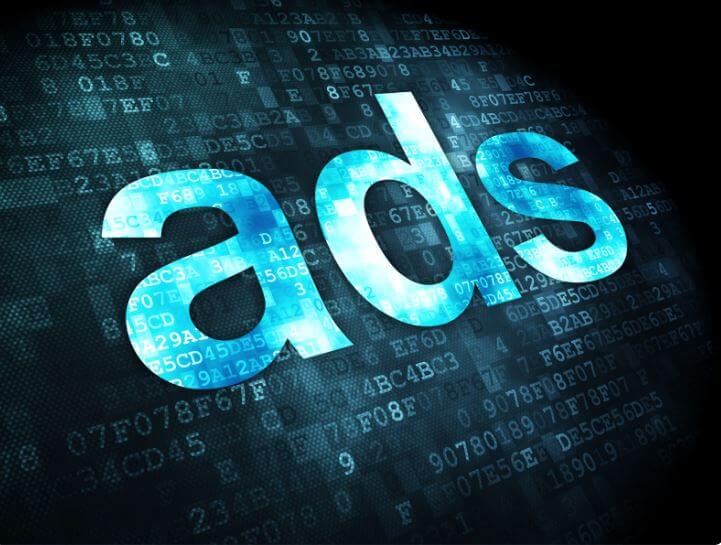Unveiling Google Discovery Ads
Google Discovery Ads have redefined how businesses connect with prospective clients. By integrating with YouTube, Google Discover, and Gmail, these ads reach billions of users who aren’t actively searching but might be interested in what you offer.
Why Google Discovery Ads Matter
Today’s consumers are on an endless quest for what’s new, engaging, and personally relevant. Google Discovery Ads are optimized to satisfy this curiosity, making them an indispensable tool for digital marketing. Their visual appeal and broad reach have the potential to skyrocket your brand’s visibility.
An Inside Look at Google Discovery Ads
Google Discovery Ads leverages user activity data to create a personalized ad experience. Your ad could appear in a user’s Google Discover feed, Gmail promotions tab, or while watching a YouTube video. It’s an intelligent blend of user habits and AI sophistication.
Creating Effective Google Discovery Ads
Crafting Google Discovery Ads that convert requires some strategic thinking. Let’s delve into the best practices.
Understand Your Audience
Understanding your audience’s needs, habits, and preferences lays the groundwork for successful Discovery Ads. It’s not just about reaching a large audience but the right audience.
Use High-Quality Visuals
Your ad’s image is the first thing users notice. Use high-resolution images that seamlessly fit in with the user’s feed, making them feel more like a part of their discovery process rather than intrusive ads.
Optimize Your Ad Copy
Your ad copy should succinctly convey your value proposition. Remember, your goal isn’t to sell outright but to pique the user’s interest enough to make them click through.
Test and Tweak
Regularly testing and tweaking your Discovery Ads ensures they remain effective. Experiment with different images, headlines, and demographic targeting to find the optimal mix.
Navigating the Google Discovery Ads Dashboard
The Google Discovery Ads dashboard provides various tools to help you manage your campaigns. For instance, the “performance” section offers insights into the effectiveness of your ads, while the “ad schedule” tool lets you decide when your ads will run.
Troubleshooting Common Issues with Google Discovery Ads
In your journey with Google Discovery Ads, you may run into issues such as low conversion rates or high bounce rates. Here are ways to troubleshoot these problems.
Low Conversion Rates
Consider revisiting your landing page if your ads generate clicks but not conversions. It must fulfill your ad’s promise to users, or they’ll bounce.
High Bounce Rates
A high bounce rate might mean users don’t find your content valuable or relevant. Reassess your ad targeting settings and content quality to ensure they align.
Winning With Google Discovery Ads
Google Discovery Ads offer a powerful way to reach new audiences and drive conversions. Their ability to integrate user activity data with artificial intelligence makes them a game-changer in digital advertising. With a clear understanding of your audience, well-optimized visuals and ad copy, and a commitment to testing and tweaking, you can create Google Discovery Ads that genuinely connect with users and boost your brand’s visibility. Welcome to the future of advertising, where curiosity fuels discovery, and discovery fuels conversions.
FAQs
What is the difference between Google Ads and Google Discovery?
Google Ads and Google Discovery are two different advertising platforms offered by Google. Here are the main differences between them:
- Ad Placement: Google Ads allows you to display ads on various platforms such as search results pages, websites in the Google Display Network, YouTube videos, and mobile apps. On the other hand, Google Discovery focuses specifically on displaying ads within the Google Discover feed, YouTube Home feed, and Gmail Promotions and Social tabs.
- User Intent: With Google Ads, advertisers can target users based on their search queries or specific keywords. This means ads are shown to users actively searching for relevant information or products. Google Discovery, on the other hand, targets users based on their interests, behaviors, and preferences. The ads are displayed to users likely to be interested in the content found in their past online activities and interactions.
- Ad Format: Google Ads supports various ad formats, including text ads, image ads, video ads, shopping ads, and more. The specific form depends on the ad placement. Google Discovery, on the other hand, primarily uses visually appealing, image-based advertisements that blend in with the content in the feed. These ads are designed to capture users’ attention and generate engagement.
- Audience Reach: Google Ads has a broader reach, allowing advertisers to target a wide range of users across different platforms and channels. On the other hand, Google Discovery provides access to specific placements within Google’s properties, focusing on users who engage with the Discover feed, YouTube, and Gmail.
It’s worth noting that both platforms offer powerful targeting options, performance tracking, and optimization tools to help advertisers achieve their marketing goals. The choice between Google Ads and Google Discovery depends on the specific advertising objectives and the target audience you want to reach.
Do discovery ads have keywords?
No, Google Discovery ads do not rely on keywords. Unlike traditional search ads in Google Ads triggered by specific keywords, Discovery ads are shown to users based on their interests, behaviors, and preferences. Google’s machine learning algorithms analyze user data, such as browsing history, app usage, and engagement patterns, to determine the most relevant audience for displaying Discovery ads. This means advertisers do not need to specify keywords to trigger their ads on the Discovery platform. Instead, the ads are shown to users likely to be interested in the content based on their past online activities and interactions.





